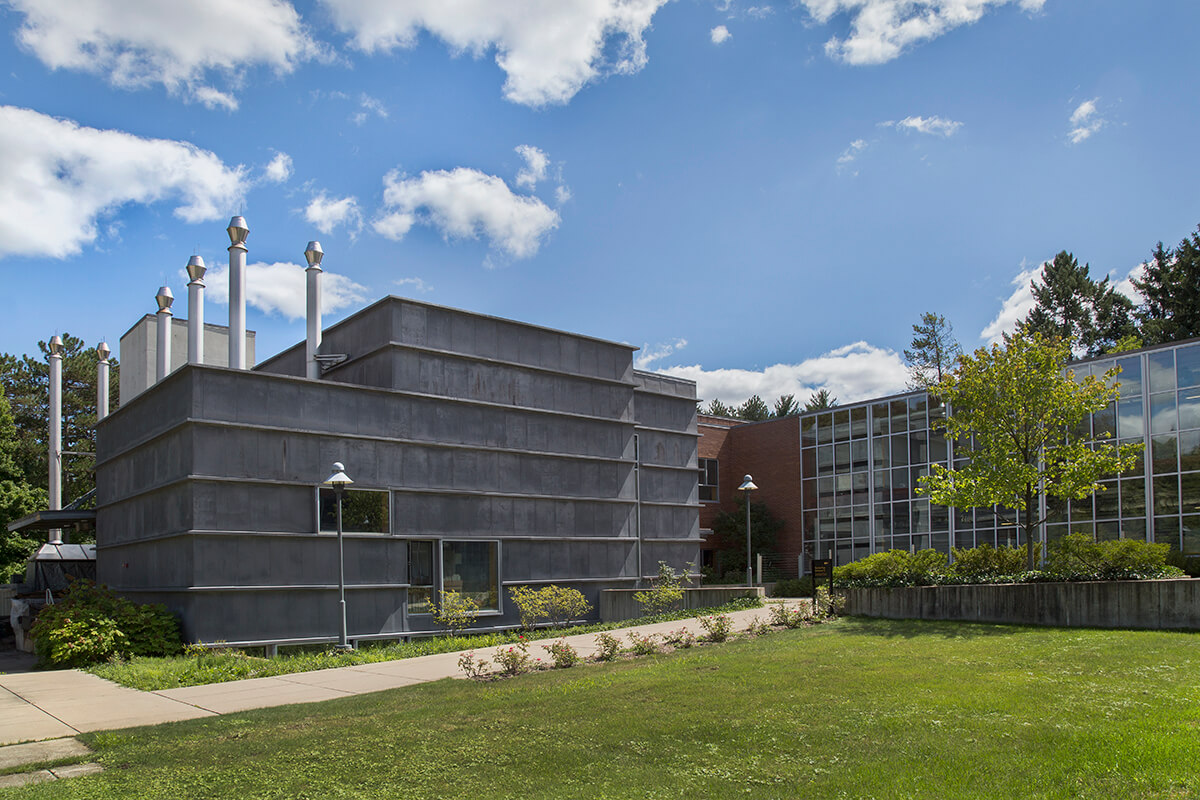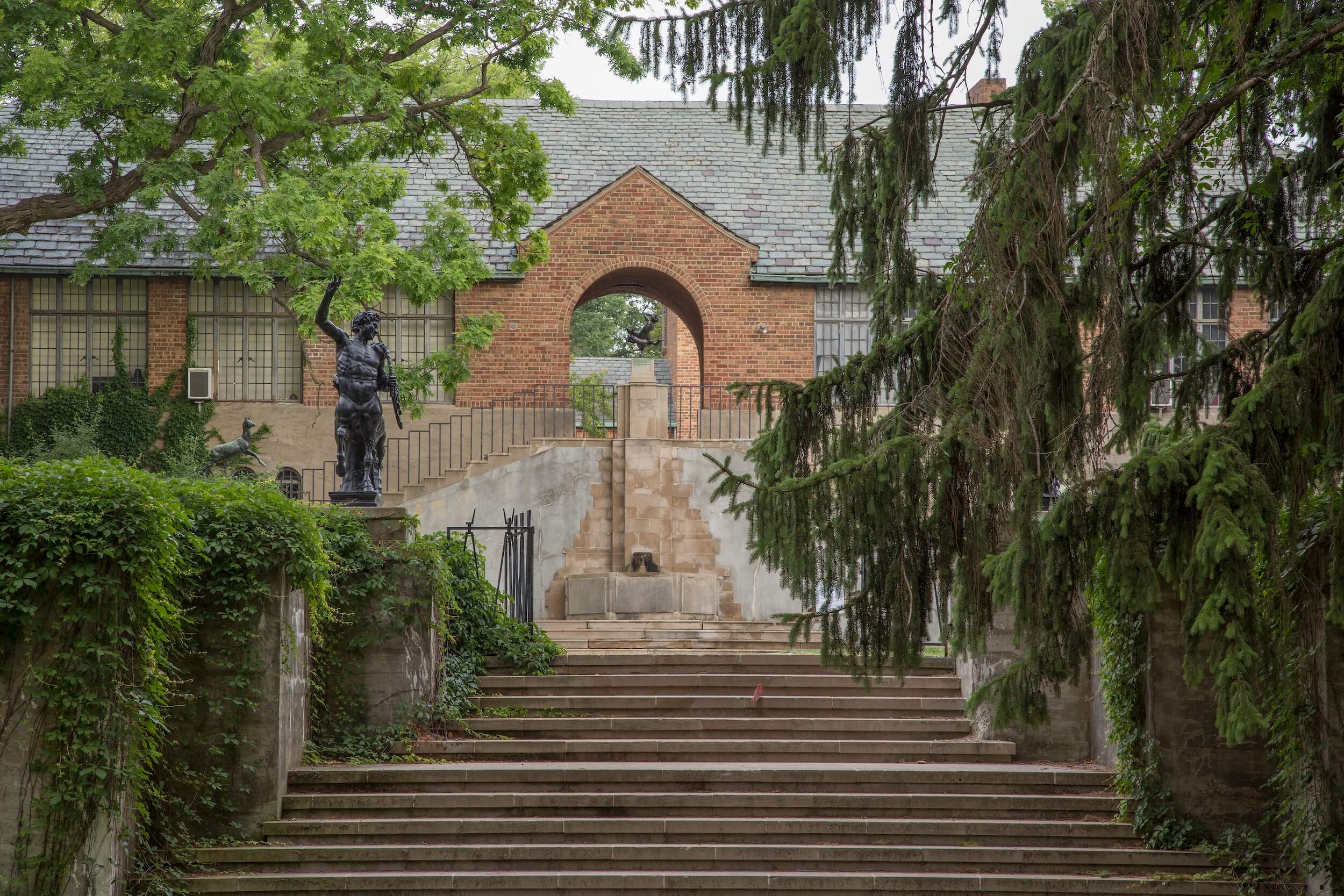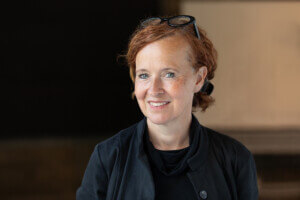Michigan’s Cranbrook Academy of Art has received a $30 million gift from Dan and Jennifer Gilbert that ranks as the largest single donation in the history of the storied 88-year-old institution. That contribution is believed to be the largest ever given to a graduate art program in the United States.
The bestowal is meant to sustain the school’s long-term fiscal health while funding multiple strategies that, per a news release, will help to “build a more equitable and diverse community” at the Academy, which offers graduate degrees across 11 different departments including architecture, photography, sculpture, and 3D design. Among the initiatives and endeavors that the gift will benefit are:
- The newly established Gilbert Fellows program, which will fund 20 full-tuition scholarships for students from underrepresented racial and ethnic backgrounds. The gift will also be used to establish an endowment that will fund the Gilbert Fellows program in perpetuity while supporting and expanding the Academy’s existing scholarship fund.
- A visiting faculty artists program focused on BIPOC artists that will bring new teaching faculty, in addition to current artists-in-residence, to Cranbrook over the next five years.
- An Inclusion, Diversity, Equity and Access (IDEA) consulting team committed to “developing and implementing plans for long-term substantive change.”
- Public engagement projects spearheaded by the Cranbrook Art Museum—to be held on both Cranbrook’s Bloomfield Hills campus and throughout the greater Detroit area—that showcase artists across all racial, ethnic, gender, and sexual identity spectrums.
The Gilberts’ largesse will also help the Cranbrook Academy of Art sustain its financial well-being through the launch of new programs, enabling the school to lean less on student tuition for funding. “This portion of the Gilberts’ gift is dedicated to entrepreneurship and innovation, allowing the Academy to develop, test, and launch ideas that will spur much-needed additional revenue,” explained the release.

“This gift is a response to the learnings of the past several years. We listened to a broad community of stakeholders and understand that there’s a lot of work to be done,” said Jennifer Gilbert, who also serves as chair of the Board of Governors of Cranbrook Academy of Art and Art Museum, in a statement. “Our ultimate goal is to drive lasting financial stability while creating a more diverse and equitable community. We know it’s not a silver bullet, but a step in the right direction. Dan and I hope that the gift grants the Academy space to develop long-term solutions, and that it encourages others to join us in giving.”
Jennifer Gilbert is a Michigan State University-educated interior designer who serves as founder and creative director of Detroit-based commercial design studio POPHOUSE. She is also the founder of Amber Engine, a home furnishings services and solutions technology company. Her husband Dan Gilbert is an investor and businessman who, among other things, is majority owner of the Cleveland Cavaliers and co-founder and chairman of Quicken Loans. Gilbert’s holding company, Rock Ventures, boasts an expansive portfolio of casinos, sports franchises, technology firms, financial services companies, and real estate investment and development entities. (Rock Ventures owns a substantial number of landmark Detroit buildings including the Savoyard Centre, Chrysler House, Book Tower, and L.B. King and Company Building.)
Founded in 1932 by George and Ellen Scripps Booth, the Cranbrook Academy of Art is one of six institutions that comprise the National Historic Landmark-listed Cranbrook Educational Community (CEC), which itself was established in 1904. Today, the 319-acre compound in Oakland County is home to the Academy of Art and its affiliated contemporary art museum, the Cranbrook Schools (a pre-kindergarten–through–12th-grade preparatory school), the Cranbrook Institute of Science, the Center for Collections & Research, and the Albert Kahn-designed Cranbrook House and Gardens (1908), a stately, Arts and Crafts-style pile that ranks as the oldest surviving manor in metro Detroit.
The larger CEC campus was master-planned and designed by Finnish-American architect Eliel Saarinen, who also served as the Academy of Art’s inaugural president (1932–1946) and head of the Department of Architecture and Urban Design (1932-1950). In recent years, architects including Rafael Moneo, Tod Williams and Billie Tsien, and Stephen Holl have designed new buildings and additions on the CEC campus.

As detailed by AN last month, the Department of Architecture will halt new admissions starting in fall of 2021 in advance of a major retooling of the program.
In a statement, Dominic DiMarco, president of the Cranbrook Educational Community, noted that Saarinen “ … had a vision of Cranbrook Academy of Art as a creative utopia, believing that the best way for artists to learn was from each other. We still believe in this vision, and that fostering a diverse and inclusive community is critical to its pursuit.”
Eliel Saarinen’s son, Eero Saarinen, is just one of the notable Cranbrook Academy of Art alumni who have made a mark in the field of architecture and design. Charles and Ray Eames (the iconic design duo met at Cranbrook), Florence Knoll, Peter Bohlin, Jack Lenor Larsen, Ed Fella, Harry Bertoia, and Hani Rashid are just a few others. The Academy has also produced a large number of celebrated artists working in a range of mediums including Barbara Cooper, Shiva Ahmadi, Duane Hanson, Sonya Clark, and Nick Cave.
Said the Chicago-based Cave, a 1988 graduate of the Fiber department, in a statement:
“Cranbrook was extremely important to me in the development of my work but struggled with the lack of diversity on campus. Detroit became equally important, though opposite, as a way to balance my life at that time. Operating in the world with multiple perspectives is critical, especially during grad school in order to really explore the depth of your work and learn how others may be receiving it. Today this idea of seeing and hearing through multiple lenses and various perspectives is more important than ever, and this gift is a powerful way to facilitate those connections and inevitable steps forward.”











